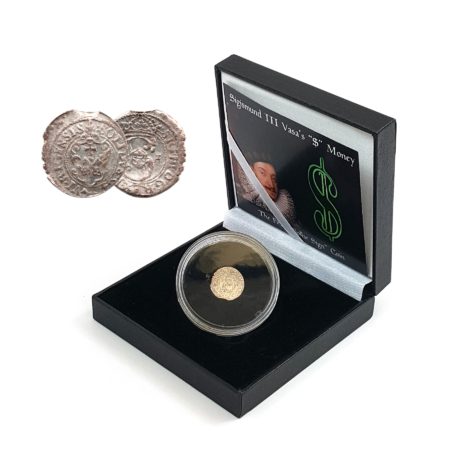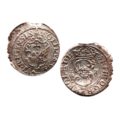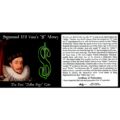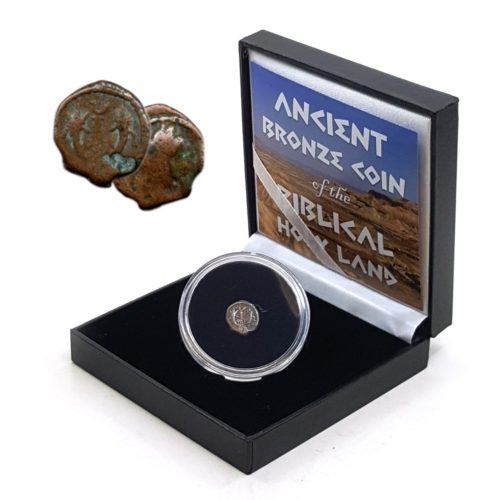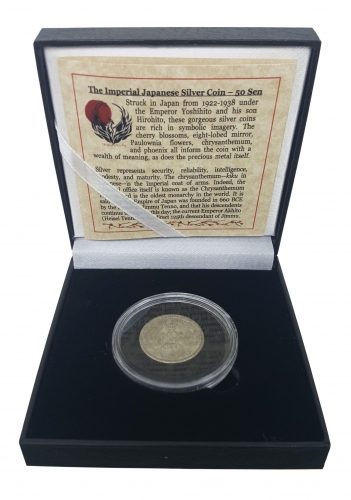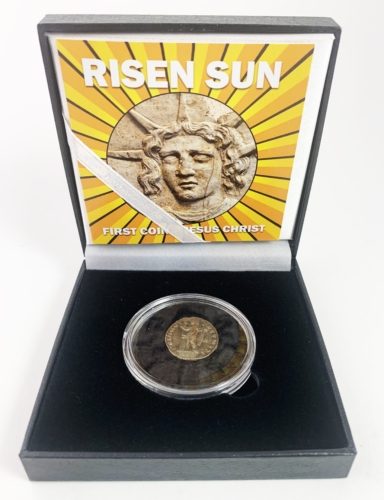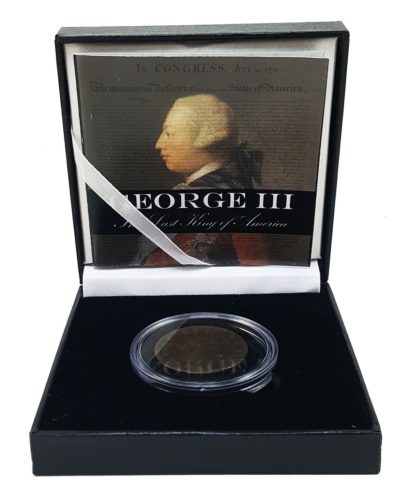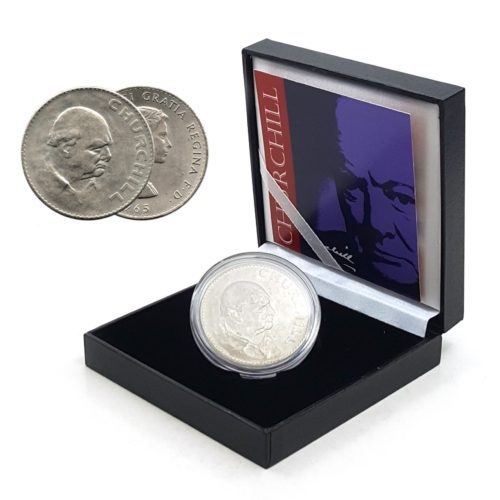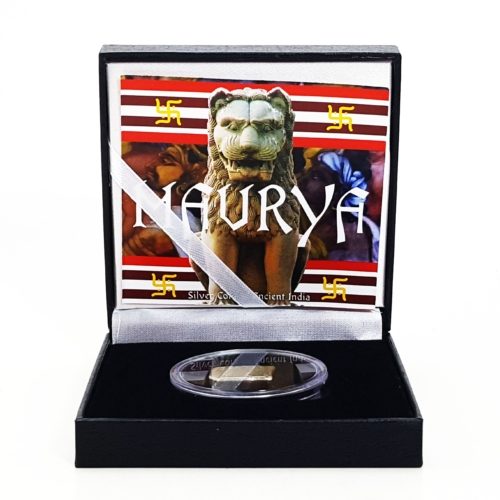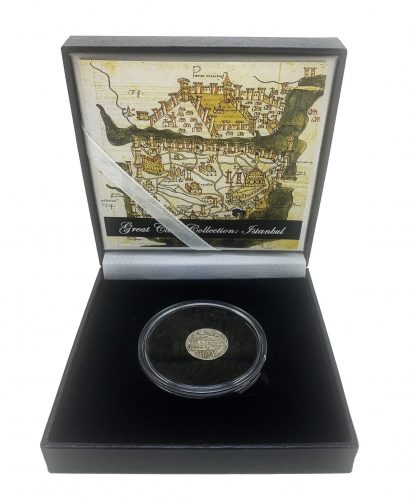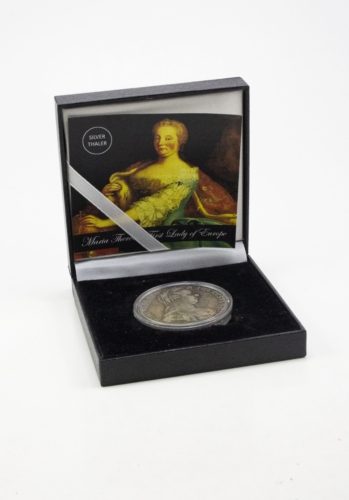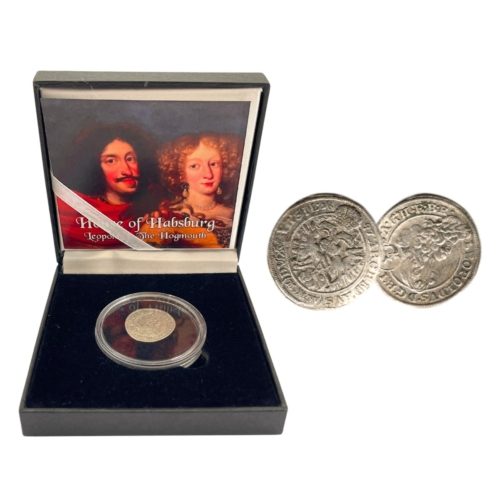Description
No one can definitively say why ”$“ is used as an abbreviation for ”dollar.“ Neither Ayn Rand’s theory (that the symbol is a ”U“ with an ”S“ superimposed on it, with the bottom erased) nor the ”Pillars of Hercules“ theory (that the mark derives from engravings on the Spanish silver peso) accounts for use of the dollar sign in Europe as early as the 17th century. And why would ”S“ stand for ”dollar“? Some historians now theorize that the ”$“ has its origins in European money from 400 years ago. The silver coin struck by Sigismund III Vasa, king of the then-mighty Polish-Lithuanian Commonwealth from 1587-1632, has on its obverse a distinctive letter ”S“—the king’s initial. It is worth a fraction of a thaler, the unit of currency; in fact, the word ”dollar“ derives from ”thaler.“ Everyone, even illiterate common folk, would be able to draw the easily-recognizable ”S“ symbol on the coin—even if they could not write out the word ”thaler.“ Furthermore, the ”S“ money was in circulation for half a century, a period coinciding with the early colonial era. If this theory is correct, the ubiquitous silver 1/108 thaler of King
Sigismund is the first ”dollar sign“ coin.

